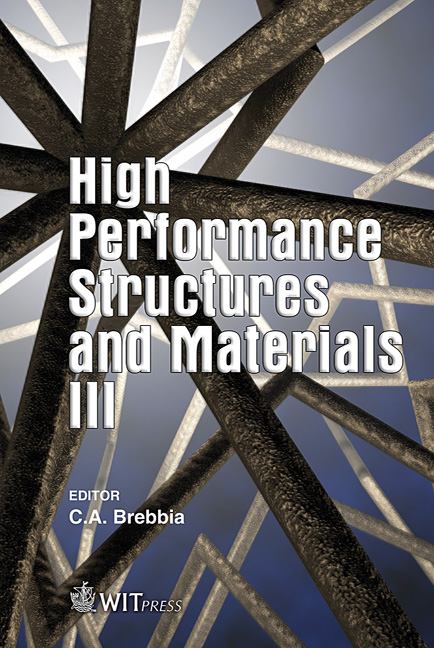Effect Of Surface Treatment To Tensile Static And Creep Properties For Jute Fiber Reinforced Composite
Price
Free (open access)
Transaction
Volume
85
Pages
7
Published
2006
Size
573 kb
Paper DOI
10.2495/HPSM060151
Copyright
WIT Press
Author(s)
K. Takemura
Abstract
Nowadays, there is a serious environmental problem with waste disposal etc. In fiber reinforced composite, glass fiber reinforced composite is difficult to reuse and recycle. Instead of glass fibers, natural fibers such as bamboo kenaf, jute, and hemp fibers are focused on for environmental friendliness. The mechanical properties for some natural fiber reinforced composites have been studied. The number of papers for green composite is greatly increased. In this study, jute fibers are used as reinforcement because of the huge production and low cost. Polypropylene is used as a matrix because of recycling properties and cost. The strength and creep properties for Jute Fiber Reinforced Plastics (JFRP) are examined. In Japan, natural fibers have been used as fishing nets for a long time. Astringency of a persimmon is used for hemp fiber as a reinforcement and binder. So, the surface treatment is conducted for the fiber using the astringency of a persimmon. The mechanical and creep properties for jute fiber reinforced composite and the effect of surface treatment are investigated. From the results, the following conclusions are obtained. The treatment using the solution of astringency of persimmon is effective to increase mechanical properties. In the case of using the treatment, some densities are effective and 25% solution is most effective. For the creep properties, there is an effect of surface treatment to creep strain. The effect is large when the load is small and the effect emerges in the initial stage. Keywords: jute fiber, polypropylene, surface treatment, strength, creep.
Keywords
jute fiber, polypropylene, surface treatment, strength, creep.





